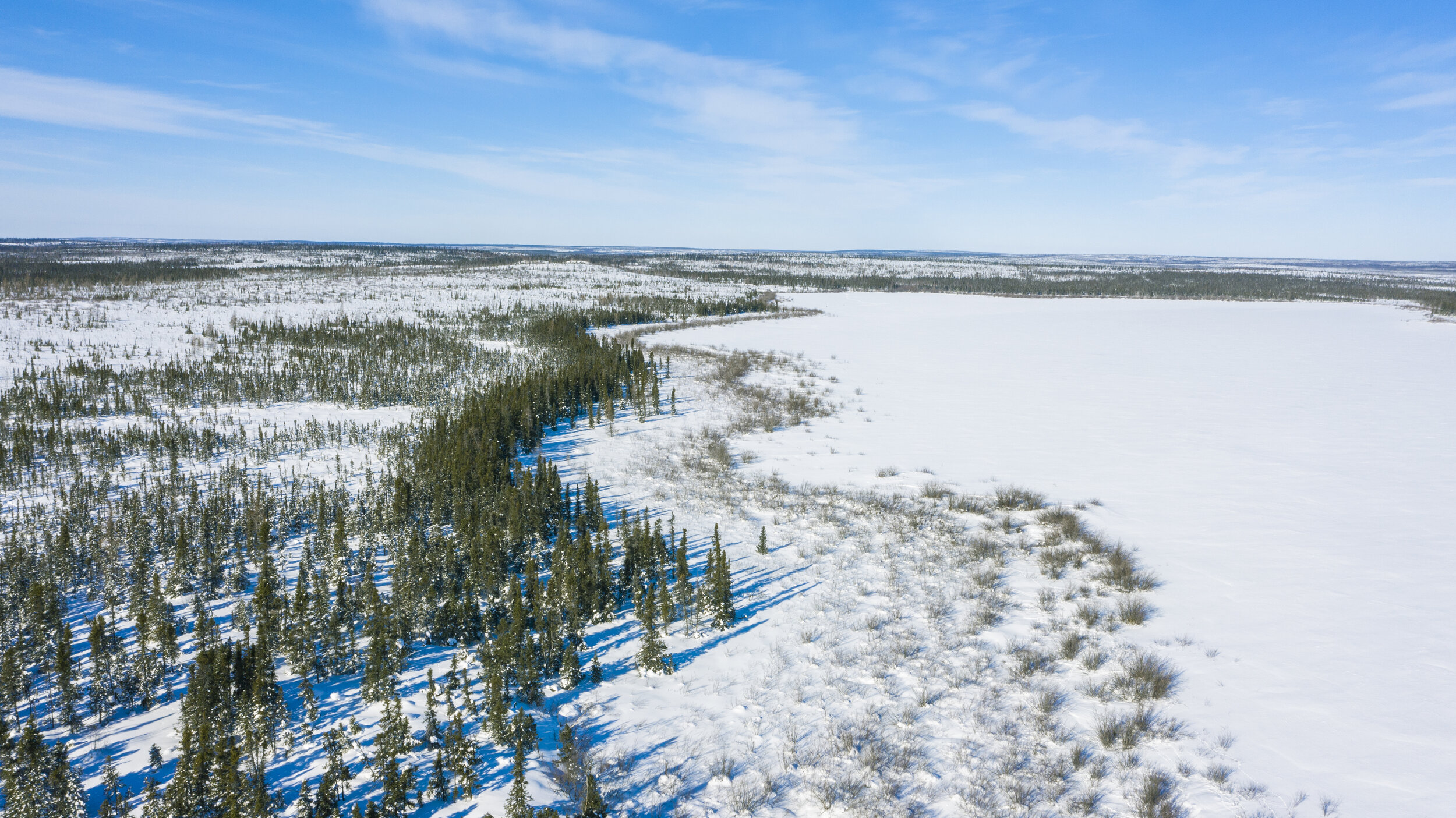Polling Confirms: Canadians Support Indigenous-led Conservation
By Valerie Courtois
The Seal River is the only major river in Manitoba that remains undammed. Its watershed spans 50,000 square kilometres of boreal forest, caribou grounds, wetlands full of migratory birds and lakes so clean you can drink right out of them. These lands have supported generations of Indigenous Peoples. Today, a partnership of four First Nations has come together with support from Inuit neighbors to propose creating the Seal River Watershed Indigenous Protected Area. They envision a landscape where people, animals, fish, and cultures thrive and where “there is hope and abundance for all future generations.”
Many people support this vision. According to a recent Probe Research survey, 83% of Manitobans endorse the Seal River Watershed Alliance’s proposal to establish an Indigenous Protected Area. The poll also found that most Manitobans favour Indigenous Protected Areas as a way to sustain additional forests, wildlife, and waters.
This is just the latest survey reflecting broad backing for Indigenous-led conservation. In poll after poll, Canadians have expressed resounding support for Indigenous Protected and Conserved Areas, Indigenous Guardians programs, and other initiatives that reflect Indigenous Peoples’ cultural responsibility to care for lands and waters.
This support has held firm even during the pandemic. Pollara Strategic Insights conducted a poll for IBCC/ILI in June and identified an interesting trend. “During previous national crises like recessions, support for environmental actions fell, even plummeted,” said Craig Worden, president of Pollara. “Yet despite seismic disruptions caused by the pandemic, most Canadians remain unwavering in their view that protecting nature and investing in Indigenous-led conservation should remain a priority for the federal government.”
Most View Indigenous-led Conservation as Good for Economy
Canadians recognize the link between supporting Indigenous stewardship and building a more equitable and sustainable economy. In the Pollara poll from June, 72% of those surveyed believe the government should invest in Indigenous stewardship as part of the COVID economic recovery.
Indigenous Protected Areas and Indigenous Guardians programs create good-paying jobs rooted in culture and stewardship. They attract tourism. And they support regional businesses. In 2019 the Łutsël K’e Dene First Nation led the creation of Thaidene Nëné Indigenous Protected Area, one of the largest protected areas in the country. This year alone, the nation invested $500,000 in boats, snowmobiles, and other monitoring equipment from regional suppliers.
The Seal River Watershed Indigenous Protected Areas will do the same. It will strengthen Dene, Cree, and Inuit communities. And it will strengthen Churchill, Thompson, and the whole region.
Most Manitobans understand that conservation and prosperity go hand in hand. When asked about the best way to grow the economy in the Seal River Watershed, a resounding 78% chose protecting the area and fostering tourism over development such as mining.
A Gift for Our Shared Future
Manitobans said they support creating the Seal River Watershed Indigenous Protected Area “so the next generation can enjoy it.” The Seal River Watershed Alliance is also looking toward the future.
Elders say they want to protect this area for the youth, and they are teaching the youth how to care for this magnificent watershed. Their stewardship is a gift to the communities, the province, the country, and young people everywhere.


